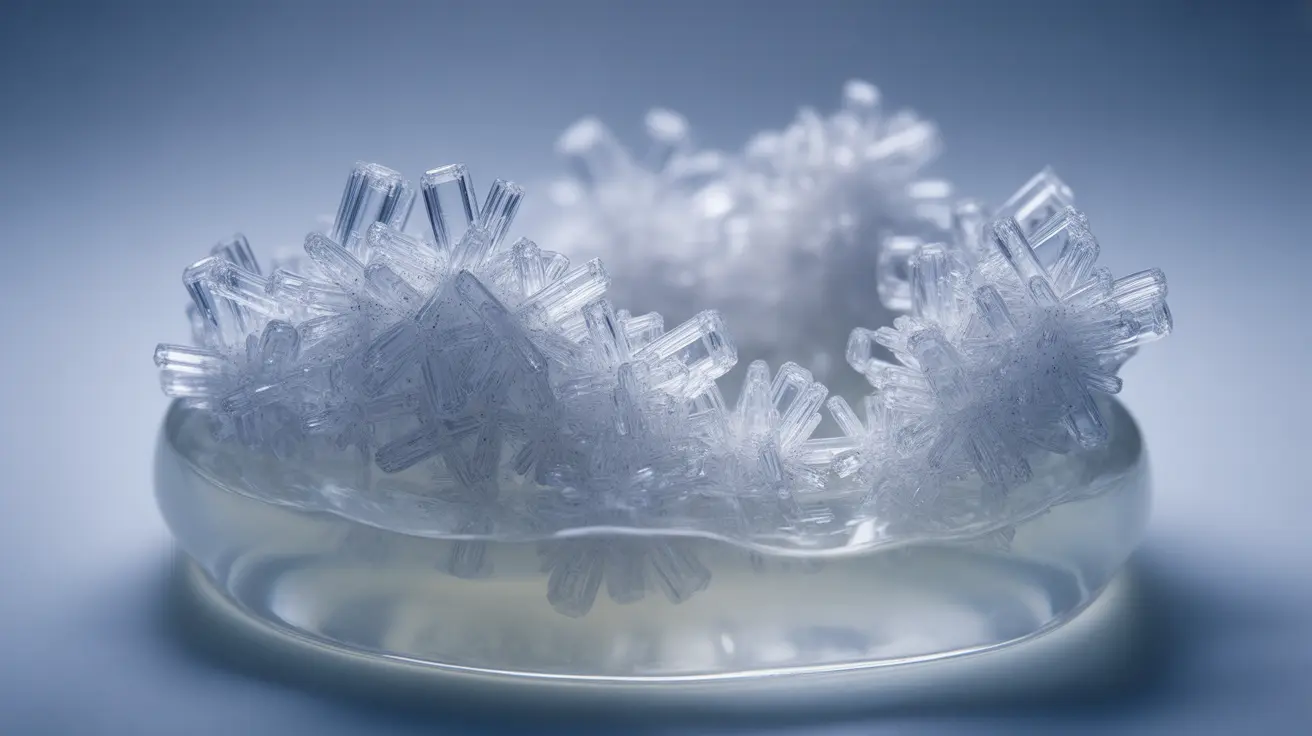Calcium oxalate crystals in urine are microscopic formations that can lead to painful kidney stones if left unchecked. These crystals form when calcium combines with oxalate, a natural compound found in many foods, creating a potential risk for kidney stone development. Understanding the causes, symptoms, and prevention strategies is crucial for maintaining optimal urinary health.
While the presence of some calcium oxalate crystals in urine is normal, excessive amounts can indicate an underlying health concern or dietary imbalance. This comprehensive guide will explore everything you need to know about managing and preventing calcium oxalate crystal formation.
Understanding Calcium Oxalate Crystal Formation
Calcium oxalate crystals develop when urine becomes highly concentrated with calcium and oxalate minerals. This typically occurs when:
- Urine becomes too concentrated due to dehydration
- Diet is high in oxalate-rich foods
- There are underlying metabolic conditions
- Calcium absorption or excretion is impaired
The Role of Diet and Hydration
Your daily food and fluid intake significantly impacts crystal formation. Foods high in oxalates, such as spinach, rhubarb, and nuts, can increase crystal development. Additionally, inadequate water intake leads to concentrated urine, creating an ideal environment for crystal formation.
Recognizing the Signs and Symptoms
While microscopic crystals themselves may not cause noticeable symptoms, their accumulation into kidney stones can result in:
- Severe back or side pain
- Blood in urine
- Frequent urination
- Burning sensation during urination
- Nausea and vomiting
- Fever (if infection is present)
Diagnosis and Medical Assessment
Healthcare providers typically diagnose calcium oxalate crystals through:
- Urinalysis testing
- 24-hour urine collection
- Blood tests to check calcium levels
- Imaging studies if kidney stones are suspected
Prevention Strategies and Management
Taking proactive steps to prevent crystal formation is essential. Key strategies include:
- Maintaining proper hydration
- Following a balanced diet
- Limiting high-oxalate foods
- Ensuring adequate calcium intake from dietary sources
- Managing underlying health conditions
Dietary Modifications
Effective dietary changes include:
- Reducing consumption of high-oxalate foods
- Pairing calcium-rich foods with oxalate-containing meals
- Increasing citrus fruit intake
- Moderating animal protein consumption
- Limiting sodium intake
Frequently Asked Questions
What are the common symptoms of calcium oxalate crystals in urine and kidney stones? The most common symptoms include severe back or flank pain, blood in urine, frequent urination, and discomfort during urination. If stones form, you may experience intense pain, nausea, and vomiting.
What causes calcium oxalate crystals to form in urine and how can diet affect their development? Calcium oxalate crystals form when urine becomes supersaturated with calcium and oxalate. Diet plays a crucial role, particularly consumption of high-oxalate foods, inadequate calcium intake, and poor hydration.
How are calcium oxalate kidney stones diagnosed and treated? Diagnosis typically involves urinalysis, blood tests, and imaging studies. Treatment options range from dietary modifications and increased fluid intake to medical interventions for larger stones.
What dietary changes can help prevent calcium oxalate crystals and kidney stones from forming? Key dietary changes include limiting high-oxalate foods, maintaining adequate calcium intake, reducing sodium consumption, and eating a balanced diet rich in fruits and vegetables.
How much water should I drink to reduce the risk of calcium oxalate kidney stones? The general recommendation is to drink enough water to produce at least 2-2.5 liters of urine daily, which typically means consuming 2.5-3 liters of water. This helps prevent urine concentration and crystal formation.




